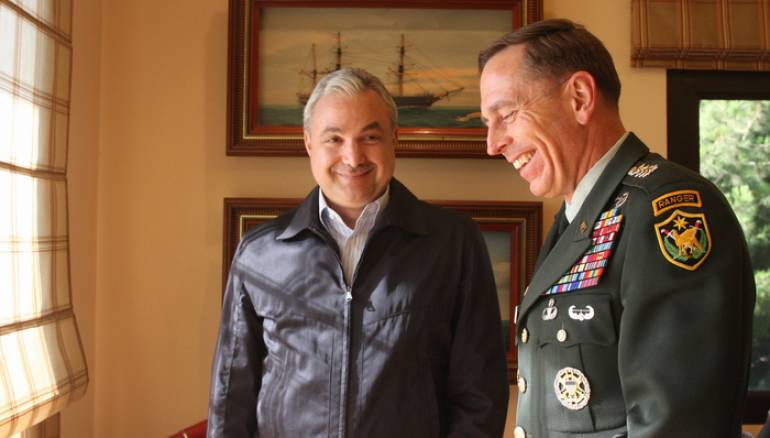In an article posted by the American magazine the National Interest, a number of classified documents leaked by Wikileaks revealed that during the 2006 “Israeli” war on Lebanon, the “Lebanese defense ministry and government cooperated and coordinated with the US government to curb the power of Hezbollah”.
It further added that, “leaders from across the country’s confessions virtually aspired that ‘Israel’ would defeat Hezbollah”.
Based on the article, Druze leader Walid Jumblatt stated in a document dated July 17, 2006, that
“although March 14 must call for a cease-fire in public, it is hoping that ‘Israel’ continues its military operations until it destroys Hizballah’s [Hezbollah] military capabilities . . . Then the LAF [Lebanese Armed Forces] can replace the ‘IDF’ [‘Israeli’ Occupation Forces] once a cease-fire is reached.”
It further added, a document dated August 7, 2006, revealed that Christian leaders meeting with then-Ambassador Jeffrey Feltman and Assistant Secretary Charles Welch argued that
“The Lebanese government will need to be in a position of strength to deal with Hizballah [Hezbollah] once the conflict is over . . . To this end, they would support a continuation of the ‘Israeli’ bombing campaign for a week or two if this were to diminish seriously Hizballah’s strength on the ground.”

الياس المر قدم النصح لاسرائيل لغزو لبنان وتدمير حزب الله
In the meantime, as revealed by a document dated August 8, 2006, then-Defense Minister Elias Murr, confident about a rapid LAF deployment, “stated clearly that the LAF was prepared to hit back at Hizballah if they attempted to fire at Israel or tried to draw Israeli fire by placing launchers near to LAF positions”, the National Interest article cited.
The article added that a document on the same day revealed that Murr
“claimed that LAF forces had stopped and seized a truck carrying Hezbollah missiles.”
These documents, according to the National Interest, show that the LAF did not cooperate with Hezbollah; rather it demonstrated the LAF’s indispensable and alternative force to stability and Hezbollah.
The article added,
“No sooner, the litmus test of the imperative need of the LAF took place in 2007 when a Salafi-jihadi organization Fath al-Islam took over the Palestinian refugee camp of Nahr al-Bared. Lacking equipment and ammunition, the LAF, despite its vigorous spirit, was virtually incapacitated”.
The National Interest gave credit to what it called “a swift American supply of weapons and ammunition” to the LAF which “prepared to storm the camp despite a warning from Hezbollah’s leader [His Eminence Sayyed] Hassan Nasrallah that the camp is a ‘red line’”. Following bloody pitched battles the LAF reclaimed the initiative against and defeated Fath al-Islam. The battle cost the LAF 166 soldiers and dozens wounded. This was the high price that the LAF had to pay.
The article concluded,
“Still, it was a price that elevated the LAF to a popular level beyond reproach or sectarian politicking. Since then, seeing the benefit of the LAF as a force against Al-Qaeda and its sister ‘jihadi’ organizations, Washington began to systematically equip the LAF with defensive weapons and train some of its officers”.
River to Sea Uprooted Palestinian
Uprooted Palestinian 





 Uprooted Palestinian
Uprooted Palestinian 













No comments:
Post a Comment